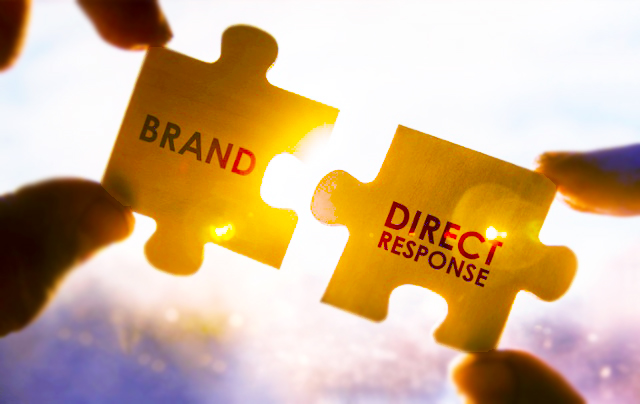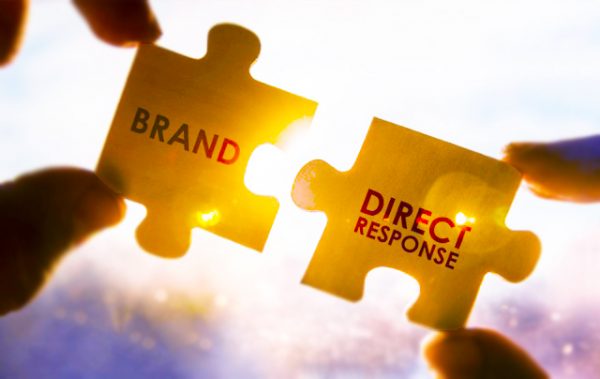Let’s explain direct response marketing with a simple example.
You’re struggling to save money. Even when you have a lot, you wind up spending it all on a host of things—including items you don’t need.
Read more about Business growth tips
Then, one day, you stumble on a blog post from a digital savings platform. Its headline suggests that it (the article) has solutions to your poor saving habit. You click on it. Each paragraph identifies your problem so well; you’re engrossed in the article.
Finally, the content turns to possible solutions, the part you really want to see. They look like they could work. And they can be enjoyed on the savings platform. You are presented with the chance to access this solution.
So you click on the ‘Register Now’ button at the end of the email. The savings platform gains a new prospective customer, and it’s you.
What Is Direct Response Marketing?
From the example we gave above, we can define direct response marketing as:
An approach to marketing in which a business tries to get a lead to take an action (sign up for a newsletter, attend a seminar, etc.) by educating them about how that action will benefit them.
Proper direct response content will contain these things:
- An attention-grabbing header/ beginning
- Paragraphs/body containing an offer
- Strong Call-To-Action (call to accept the offer by taking the desired action) at the end
Direct response marketing can be executed through several channels: email, digital (Search Engine Marketing), blog articles, social media, or video. Many business experts say that it’s the most effective marketing strategy for SMEs because it can draw a lot of traffic their way, and yield an impressive Return on Investment (ROI).
Sometimes, businesses will want to create content for their direct response campaigns. But this is only a good idea if they have trained copywriters in-house. If they don’t, they may consider hiring a direct response agency or freelance copywriter to help with this.
Steps To Winning With Direct Response Marketing
If you intend to gain more paying customers with direct response marketing, you should take these steps:
Zero In On A Defined Market
Have a good idea of what your business’s buyer persona is. You should be able to describe your ‘typical’ customer in terms of their age group, residential locations, occupation, motivations, fears and concerns, and needs.
Sign up to the Connect Nigeria daily newsletter
This knowledge will prove crucial to how you craft your marketing message, and how you run the campaign. Various demographic groups will have disparate tastes and expectations. You have to mirror these things in your communication with them to get and keep their attention.
If you want to learn more about buyer personas, read our article, Buyer personas and What they Mean for Your Business.
Use Copy that Appeals to Your Target Audience
We have already hinted at this. If your ideal customers are in the 25-35 year age bracket, they will often expect messaging that’s different from what people in their sixties can identify with.
This is often true of people in different occupations, local cultural norms, and income levels as well. Before launching out with a campaign, define and segment your audience (and then study them).
Be Clear About What You Are Offering
Ambiguity, especially about what’s being offered, can ruin your direct response efforts. Most prospects will only take the action you desire if they understand what you’re promising them. They will want something in return, a value that’s worth their acceptance of what you give them, e.g. an exceptionally good information product in exchange for submitting their email address to you.
Unfortunately, it may take trained eyes to surmise that a piece isn’t passing its intended message. It’s a good reason for consulting with skilled direct response copywriters. They are more likely to spot the problem with your content than most people.
Take A Multi-Phase Approach to Your Campaign
The path to achieving conversions is often a funnel—and a convoluted one at that. You will have to take your leads through several stages on the way to becoming a paying customer. At each stage, you will need content that encourages the lead to move to the next stage.
You may have to get them acquainted with your business and its products, at least in the basic sense. This will put them in a good position to evaluate your offer when you present it to them.
Follow Up Your Leads
Leads aren’t all the same. Some speed through your funnel and take up your final offer in no time. Others stall at one stage until they’re convinced of your offer.
Respond by trying to meet each lead at their level. Stay in touch with them, so that they don’t forget you. You may eventually help a good number of them cross the line into becoming your customer.
Final Words
Direct response marketing can do a lot of good for the businesses that adopt it. But if you’re going to reap its benefits, you will have to be deliberate about making it work. Keep on reaching out and engaging your audience. With a solid value proposition, your business will have more people coming to it soon.
Featured Image Source: Premiere Direct Response
Got a suggestion? Contact us: [email protected]


